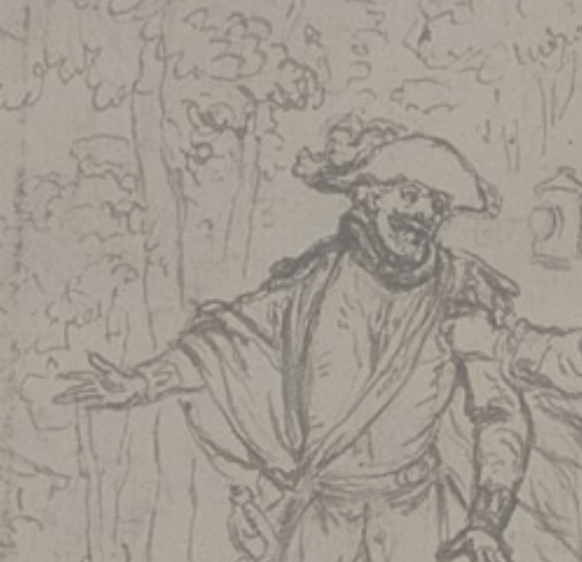British Architects on the Grand Tour in Eighteenth-Century Italy
Giovanna Ceserani
Below is a list of the project pages for“Mapping the Republic of Letters”. Here, readers can gain direct access to the data visualizations, datasets, and published articles for our projects. Most of the data visualizations found in the project sites were produced using Palladio, created at Humanities + Design research lab at Stanford University, an outgrowth of our original “Mapping the Republic of Letters” project. Timechart, also created at Humanities + Design, is a visualization developed specifically for the Grand Tour project. The Locke project uses Gephi, sustained by the Gephi Consortium of which Mapping the Republic of Letters is a member. The links below will direct you to the supporting material for each project: interactive visualizations, data schemas, and data tables. (The static visualizations that appear in articles – charts, line graphs, tables, etc. – are not reproduced on this site.)
The dynamic visualizations of historical data that readers can explore here belong to the middle phase of our work. To reach this stage, we first needed to create, clean, augment, and/or curate the historical data that we wished to study; the visualizations then allowed us to formulate hypotheses and ask questions about these data. The final stage of our research process involved further reading (of primary and secondary sources) and analysis (of the same or different datasets) before composing the articles themselves. We have also made the data schema and data tables for each project available. Should you wish to explore the data directly, using software of your own choice, you are welcome to download these files.
These projects' pages represent work done, in large part, up to 2017. For an introduction to this phase of Mapping the Republic of Letters, see "Historical Research in a Digital Age: Reflections from the Mapping the Republic of Letters Project". A PDF version of this article is freely available.
Giovanna Ceserani
Dan Edelstein and Biliana Kassabova
Claire Rydell Arcenas

Maria Teodora Comsa
Citation information for the interactive data visualizations and data tables with their schema appears at the top of each section of this online forum. These should be cited separately from published articles. The examples below are for British Travelers in eighteenth-century Italy: The Grand Tour and the Profession of Architecture. The citation format may vary somewhat for each article's visualizations and data; be sure to check the respective pages for the correct citation.
Giovanna Ceserani. (2015). Interactive Visualizations for British Architects on the Grand Tour in eighteenth-century Italy [Palladio Components, HTML, CSS, Javascript, JSON, and Markdown files]. Stanford Digital Repository. Available at http://purl.stanford.edu/ct765rs0222
Giovanna Ceserani and Thea De Armond (2015). British Architects on the Grand Tour in Eighteenth-Century Italy: Travels, People, Places. Stanford Digital Repository. Available at: http://purl.stanford.edu/ct765rs0222
Giovanna Ceserani. (2015). Schema for British Architects on the Grand Tour in Eighteenth-Century Italy: Travels, People, Places. Stanford Digital Repository. Available at: http://purl.stanford.edu/zk774hr3012
Mapping the Republic of Letters has been an exciting collaboration for us, as well as an ongoing experiment in how to conduct collaborative, interactive historical research in a digital age. To learn more about that project, visit republicofletters.stanford.edu.
Thanks for finding your way to our website!
Claire Arcenas, Giorgio Caviglia, Giovanna Ceserani, Nicole Coleman, Thea De Armond, Dan Edelstein, Paula Findlen, Biliana Kassabova, Iva Lelková, Sarah Murray, Suzanne Sutherland, Molly Taylor-Poleskey, Claude Willan, and Caroline Winterer